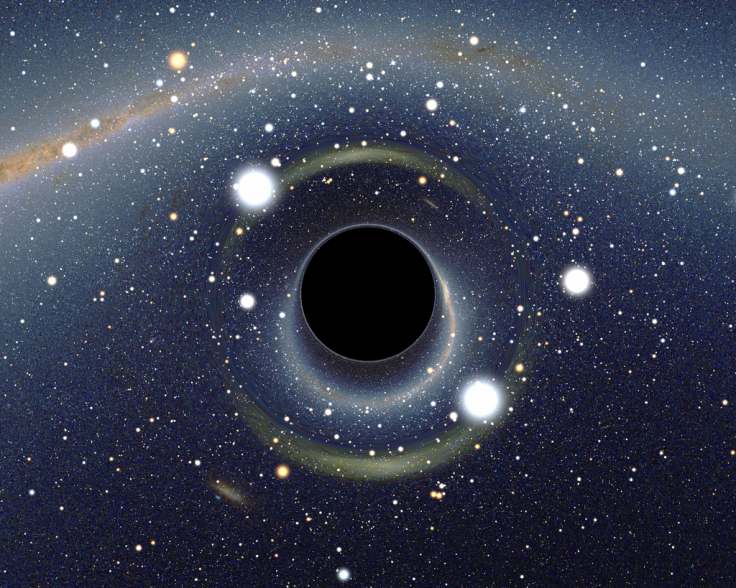Do Black Holes Exist? Physicist ‘Shocked’ To Find No Evidence For Black Hole Formation

Black holes are thought to form when massive stars collapse in on themselves and create gravitational vacuums from which even light can't escape. However, if a collapsing star were to lose too much mass during its destruction, it would no longer have the density necessary to become a black hole. That's the crux of a new study from University of North Carolina at Chapel Hill physicist Laura Mersini-Houghton.
She said black holes can't exist because two long-held scientific theories -- quantum mechanics and general relativity -- conflict. Her conclusion: “There is no such thing as a black hole.”
The idea that outer space contains black holes -- giant voids that swallow everything in their path -- is a widely popular theory among physicists -- and one with plenty of observational data to support it. But Mersini-Houghton claims the mathematics of it simply don't add up. “I’m still not over the shock,” she said in a statement.
Quantum mechanics is the branch of physics that describes how electromagnetic waves like light work. General relativity is the theory proposed by Albert Einstein in 1916 that says an accelerating object distorts the shape of time and space, the most extreme example of this being a black hole.
If scientists were to determine that black holes are bogus, it would force them to reconsider the Big Bang Theory, the belief that the universe expanded outward from an infinitesimal and extremely dense mass some 13.8 billion years ago.
However, as website IFLScience points out, Mersini-Houghton is hardly the first physicist to question the existence of black holes. Scientists have attempted to debunk black holes before, however their research often doesn't hold up to scrutiny. Mersini-Houghton’s work hasn't been peer-reviewed, and scientists have already cried foul.
“The [paper] is nonsense,” William Unruh, a theoretical physicist from the University of British Columbia, told IFLScience. “Attempts like this to show that black holes never form have a very long history, and this is only the latest. They all misunderstand Hawking radiation, and assume that matter behaves in ways that are completely implausible.”
Hawking radiation, named for the famed physicist and black hole discoverer Stephen Hawking, is produced during the collapse of a star. In January, Hawking modified his views on black holes to say that some radiation does escape a black hole’s “event horizon,” the boundary between a black hole and all the stuff beyond it. Hawking’s new theory is that black holes do exist for a time, but eventually stuff can escape.
“This is a paradox that hasn’t been completely resolved,” Juan Maldacena at the Institute for Advanced Study in Princeton, New Jersey, told PBS in February. “There are various ideas for how it could be resolved, but I think no one has convinced the other members of the community that his idea is correct.”
© Copyright IBTimes 2024. All rights reserved.





















